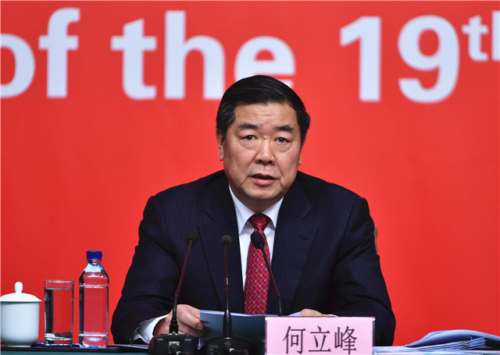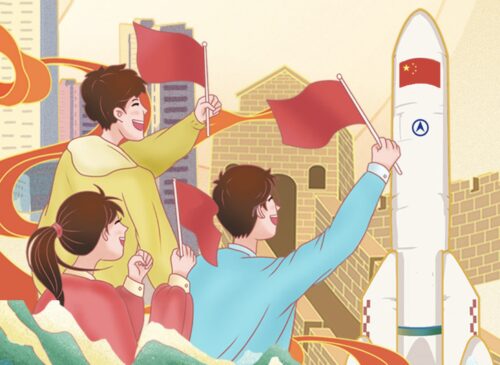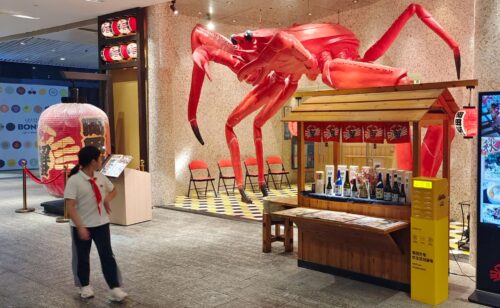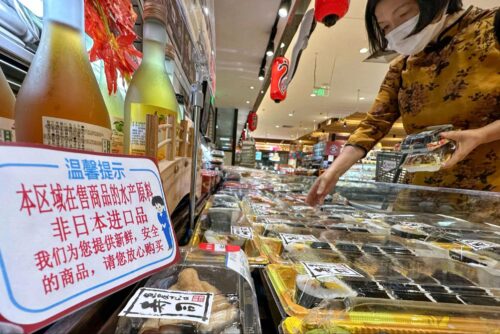Nayuki becomes Naixue as Japanese branding loses its appeal in China
The high-end tea brand Naixue is the latest brand to distance itself from its purposeful Japanese-style branding and association, as companies bet on nationalistic branding.
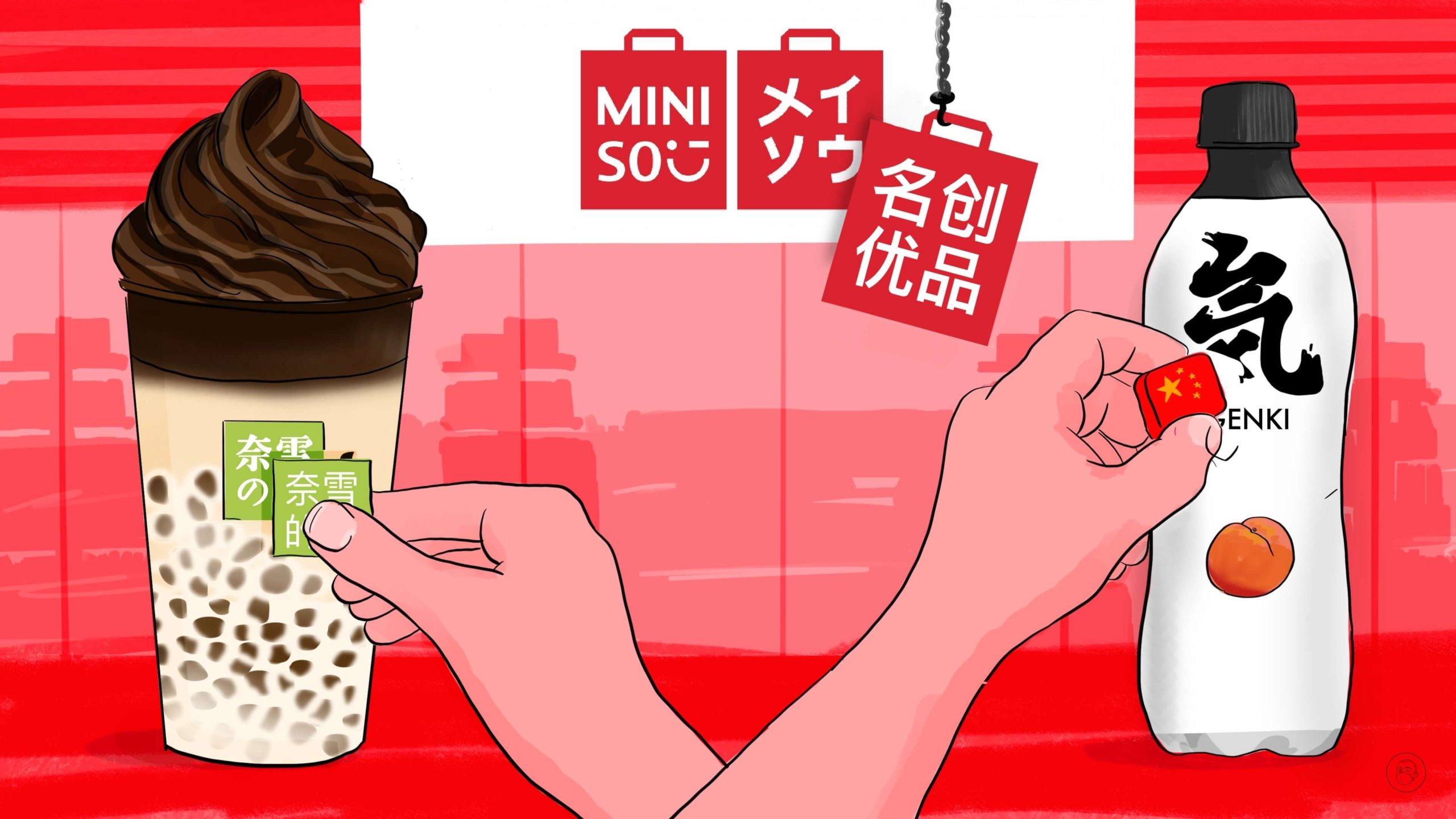
On November 24, a social media user from the southwestern city of Nanning posted a message on Xiaohongshu 小红书 about a local outlet of a tea and baked goods shop previously known as Nayuki that had suddenly changed its storefront:
- “Nayuki” was changed to the word “Naixue” (the romanized Chinese or pinyin for the brand’s name), and the font was changed;
- The slogan “tea by Nayuki,” previously written as “奈雪の茶” using the Japanese hiragana particle “の,” had been changed to the standard Chinese “奈雪的茶,” using “的” to mean “by.”
The name and brand change has been in the works for some time: The parent company of Naixue (formerly known as Nayuki), Shenzhen Pindao Food and Beverage Management 深圳市品道餐饮管理有限公司, had already registered the “Naixue” trademark in June.
China news, weekly.
Sign up for The China Project’s weekly newsletter, our free roundup of the most important China stories.
Victory and defeat are both due to Xiao He
Hán Xìn 韩信 (231/230–196 BC) was a famous general and politician during the early Han Dynasty, and his story lives on in the saying “success and failure are both due to Xiao He” (成也萧何,败也萧何 chéng yě Xiāo Hé, bài yě Xiāo Hé). Xiao He was a politician that, as the story goes, was responsible both for raising Han Xin up and causing his downfall and death. The saying is used to express a situation where one’s success and failure are both due to the same reason.
In 2014, when Naixue was founded, the influence of Japanese and Korean culture in China was at its height. Naixue CEO and founder Péng Xīn 彭心 claimed that the name “Nayuki” was simply her online name when she was younger, and her brand had no relationship with Japan. But this did not explain why the company’s logo contained a Japanese particle, and why the name and styling were so obviously Japanese.
Of course, the ambiguity was very much intentional: being mistaken for a Japanese brand made good business sense as a marketing strategy. At the time, Japanese brands were regarded as a symbol of high quality and sophistication.
At the time when Naixue was launched, a wave of Chinese companies that used Japanese styling appeared. Yè Guófù 叶国富 founded the retail chain Miniso 名创优品 in 2013 selling household goods, cosmetics, food, and toys, and said his brand was “Japanese-inspired.” Miniso’s Japanese style and logo were in clear imitation of the Japanese brand Uniqlo, while the stores resembled the Japanese chain Muji. Miniso’s reckoning started in 2019 when the company issued a series of apologies and promised to replace the Japanese elements in its branding and shops.
In July and August this year, things came to a head for Miniso during a wave of Chinese nationalism fueled by geopolitical tensions over Taiwan. The company became a target of nationalistic social media vitriol anew when its Spanish unit described a toy clad in a qípáo 旗袍 dress as a Japanese geisha in an Instagram post. Miniso’s official Weibo account issued another apology and promised to change its logo, and stated that styling itself as a Japanese brand had simply been “wrong.”
In 2016, Binsen Tang (唐彬森 Táng Bīnsēn) founded Genki Forest 元气森林, a producer of healthy beverages, and openly stated that his aim was to imitate the Japanese brand Suntory. The company’s logo featured the Japanese version (気) of the Chinese character 气 (qì). Tang even stated that Genki Forest had a research and development team working in Japan. In 2020, however, the company changed the Japanese character in its logo, and discontinued the use of its Japanese research and development team.
Other Chinese brands in the Japanese ripoff style included Āiyāya 哎呀呀, a retail chain selling accessories, clothing, and cosmetics for a predominantly female clientele, which appeared to be a clear imitation of the Japanese chains Daiso and Muji. And in June 2021, even Nongfu Spring 农夫山泉, the bottled water and beverages company, got into the act when it branded its new peach-flavored sparkling water as derived from “white peaches from Japan’s Fukushima Prefecture.”
Like Han Xin found with Xiao He, all these brands have come to know the benefits and the costs of Japanese branding.
Can the world fall in love with Chinese tea?
Naixue CEO Peng Xin has stated that she wants Naixue to be a global brand that makes the world “fall in love with Chinese tea.” As part of the rebranding, which is set to officially coincide with the company’s seven year anniversary on December 7, Naixue is also changing the name of its flagship “megastore” in Shenzhen from Nayuki Fantasy Factory 奈雪梦工厂 to Naixue Life 奈雪生活. In this case, the offending content is not Japanese, but the phrase “fantasy factory” (梦工厂 mèng gōngchǎng), which is the same name in Chinese as the U.S. film company DreamWorks.
For Naixue, these changes are not mere brand adjustments, but an attempt to survive the rise of the “national tide” or “national fashion” (国潮 guócháo) trend in recent years, which emphasizes Chinese culture, and support for domestic businesses. In the clothing industry, for example, the national tide has had a major impact, as Adidas and Nike have found out to their cost.
And the stakes are very high for Naixue. Peng Xin’s ambition was to make Naixue into “China’s Starbucks of the tea industry.” As a result, at first, Naixue set up large outlets in shopping malls, mostly in first tier cities, and the company opted to directly operate all its own outlets, as opposed to licensing franchises. In 2020, Naixue started opening up small “Pro” outlets focused on in-store pickup and take out. In 2021, Naixue opened 300 new outlets, and 350 more in 2022, of which 70% were the smaller Pro type. In November, Naixue passed the mark of 1,000 outlets in China.
Unfortunately for Naixue, however, while it has been adding outlets, it has been losing revenue and racking up losses. Since 2018, Naixue has only had an annual profit in 2020: In 2018, Naixue reported a net loss of 56.6 million yuan ($8.01 million), and net losses of 11.7 million yuan ($1.65) million in 2019 and 145 million yuan ($20.52 million) in 2021. For the first half of 2022, the company reported revenue of 2.04 billion yuan ($289.32 million), a decrease of 3.8% year-on-year, and an adjusted net loss of 249 million yuan ($35.24 million), a decrease of 618.75% from the net profit of 480 million yuan ($67.94 million) in the same period last year.
Part of the reason for this is very fierce competition: in the first half of 2022, 15 domestic tea chains opened about 6,689 new outlets in China, bringing the total number to around 65,000 outlets. With or without the Japanese-style branding, Naixue is stuck with its large number of large outlets, and the high costs of raw materials, labor, and rent that go with them. Some of Naixue’s competitors like HEYTEA 喜茶 and Mixue 蜜雪冰城 are doing much better than Naixue yet have even more outlets. Mixue in particular has opted to go the franchising route.
At least for Naixue, it’s now trying to swim with the national tide and not against it, but changing to distinctively Chinese branding may not be enough to actually make money.

